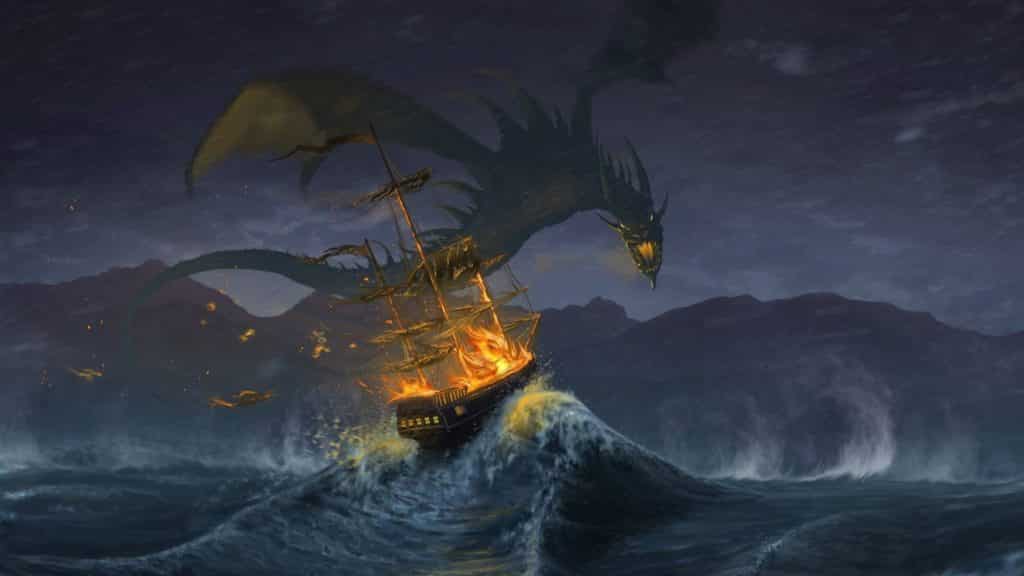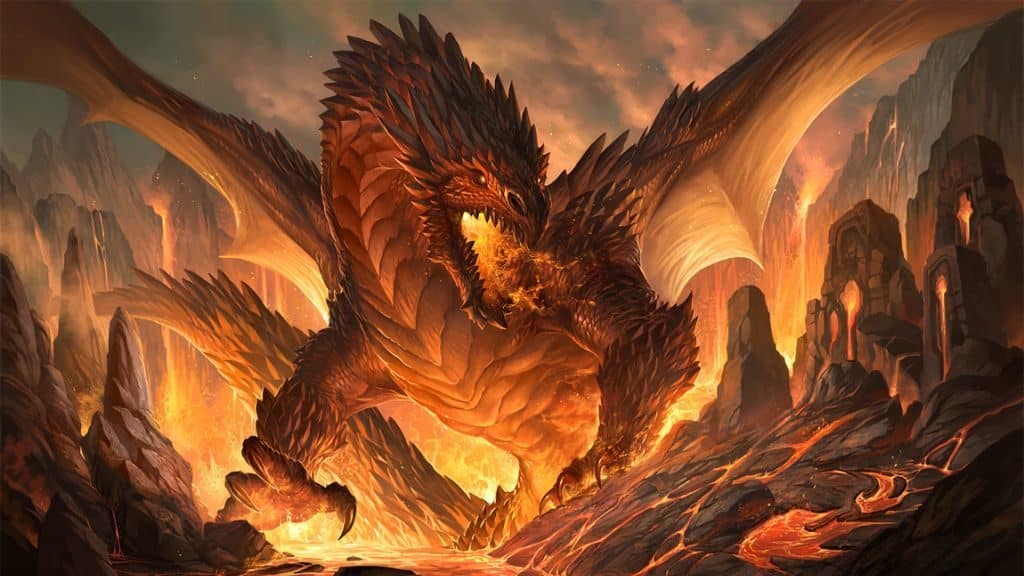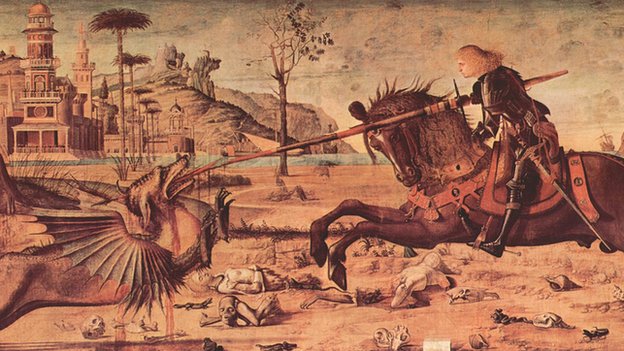The very mention of dragons stirs a sense of wonder and awe in our hearts. Fantastical beasts, they have managed to capture our imagination across various countries and cultures around the world. One of the most remarkable aspects of dragon mythology is how their image varies greatly between the West and the East. Today, we will delve into this fascinating dichotomy between Eastern and Western dragons, learning about their unique characteristics and cultural symbolism.
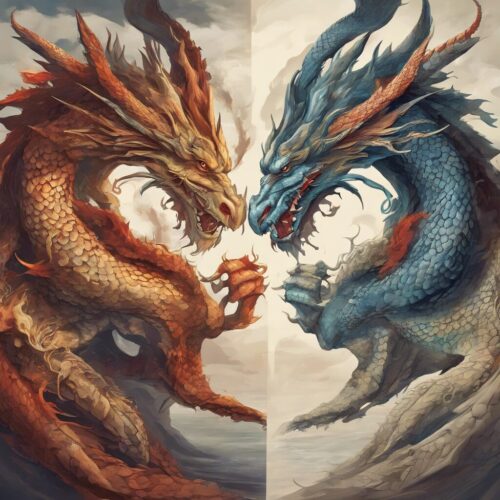
The Western Dragon
Traditionally, Western dragons are depicted as massive, fire-breathing creatures with bat-like wings, strong bodies, and reptilian attributes. They often symbolize great power, destruction, and greed, as they are known in many stories to hoard treasure and ravage communities.
The Legend of St. George and the Dragon
The narrative of Saint George and the Dragon is a classic example of the Western dragon archetype. Here, the dragon is a creature of fear and chaos, and it takes the hero’s courage to restore peace and prosperity.
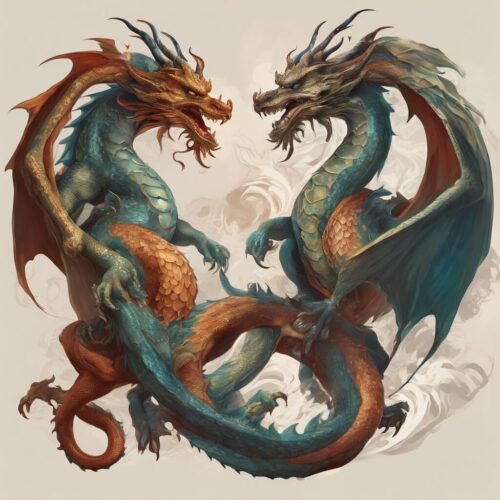
The Eastern Dragon
Unlike their Western counterparts, Eastern dragons, specifically Chinese ones, are seen as benevolent, wise, and auspicious beings. They are serpentine in nature, possessing long, slender bodies but no wings. Instead, they are often shown “flying” amidst the clouds, a symbol of their connection to the heavens.
The Auspicious Dragon
In Chinese mythology, dragons are revered as divine creatures of water, controlling the rain and rivers. They are often associated with good fortune and prosperity, as seen in the widespread use of the dragon symbol during Chinese New Year celebrations.
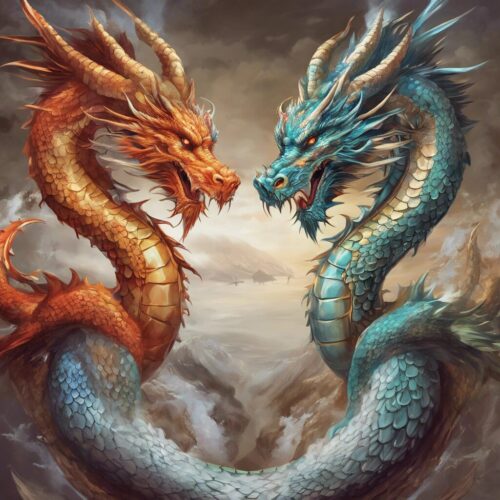
The Dichotomy Explored
The striking differences between Western and Eastern dragon symbolism suggest cultural differences in beliefs and storytelling methods. Where Western dragons often stand for challenges to be overcome, Eastern dragons are more often emblems of help and positive forces.
Examining this dichotomy allows us a glimpse into how divergent cultural outlooks can shape our perception of the world, even in mythological figures. Such exploration highlights the depth and diversity of human experiences and ideologies, reflected in tales of dragons from all corners of the earth.
In conclusion, the dichotomy between Eastern and Western dragons is a fascinating study of culture, beliefs, symbolism and storytelling. It is a testament to the power of mythology and its capacity to reflect underlying societal values and norms.

